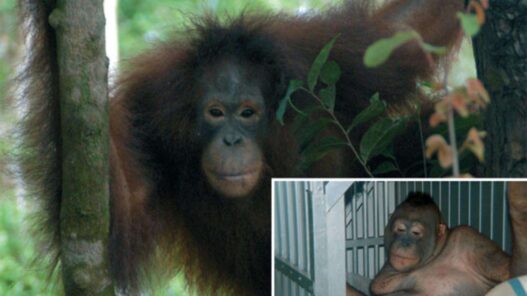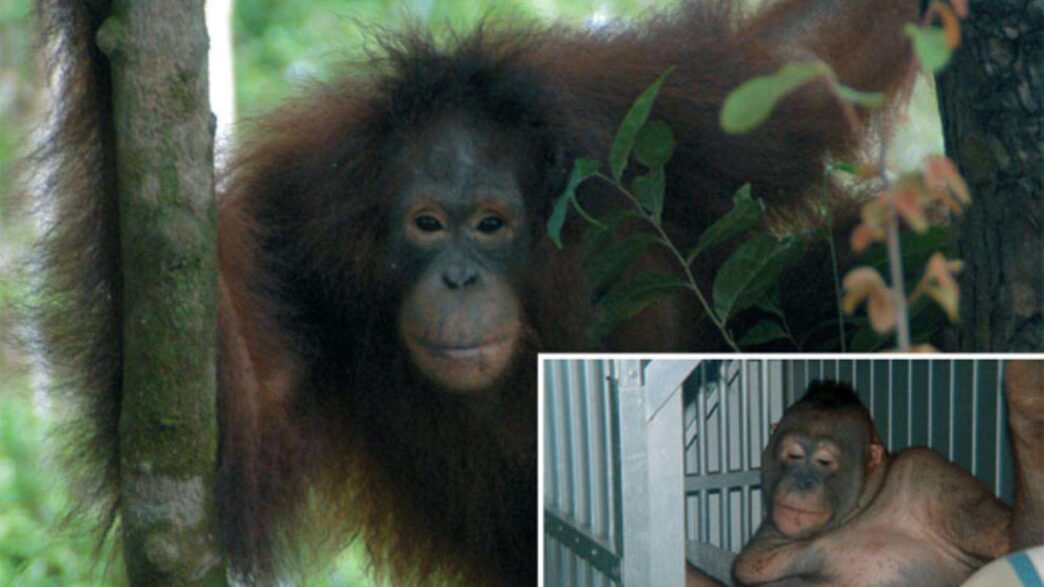In 2010, a female orangutan named Pony was discovered in an Indonesian village. She had been imprisoned by the locals for six years, her fur shaved off, and her arms chained. Upon investigation, rescue teams uncovered a shocking truth.
Why Did AIDS Spread to Humans?
Since the discovery of AIDS, it has become a global challenge. Once infected, the shadow of death looms over the patient, suffocating even the wealthiest. The mere mention of AIDS topics often leads to fear and avoidance. But where did such a serious disease originate? Many believe it came from African chimpanzees, but how did the virus from chimpanzees spread to humans?
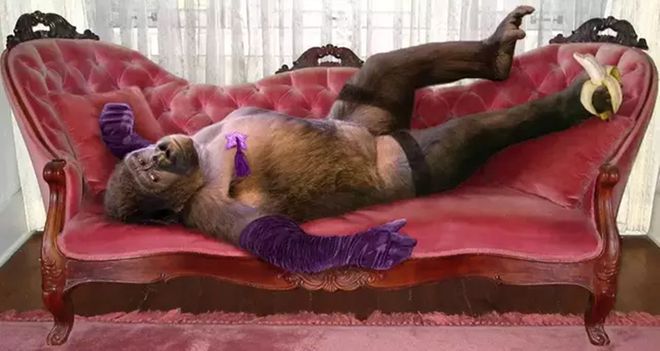
In an Indonesian village in 2010, a female orangutan named Pony caught the attention of many. Upon discovery, she had already been held captive for six years.
During this period, Pony endured cruel mistreatment. Her fur was shaved off, leaving her skin bruised and battered. When rescue teams attempted to take her away, she made gestures that were hard to understand. After a series of investigations, the truth came to light.
Flashback to 2003, in a piece of Indonesian tropical rainforest, various plants and animals thrived. Orangutans made their home in the trees. Due to human greed and the pursuit of profit, these orangutans became targets for hunters.
Typically, adult orangutans are extremely aggressive and difficult to tame once captured, often leading to their demise. However, Pony was different. After being captured, she did not resist violently to survive, eventually ending up sold to a circus.
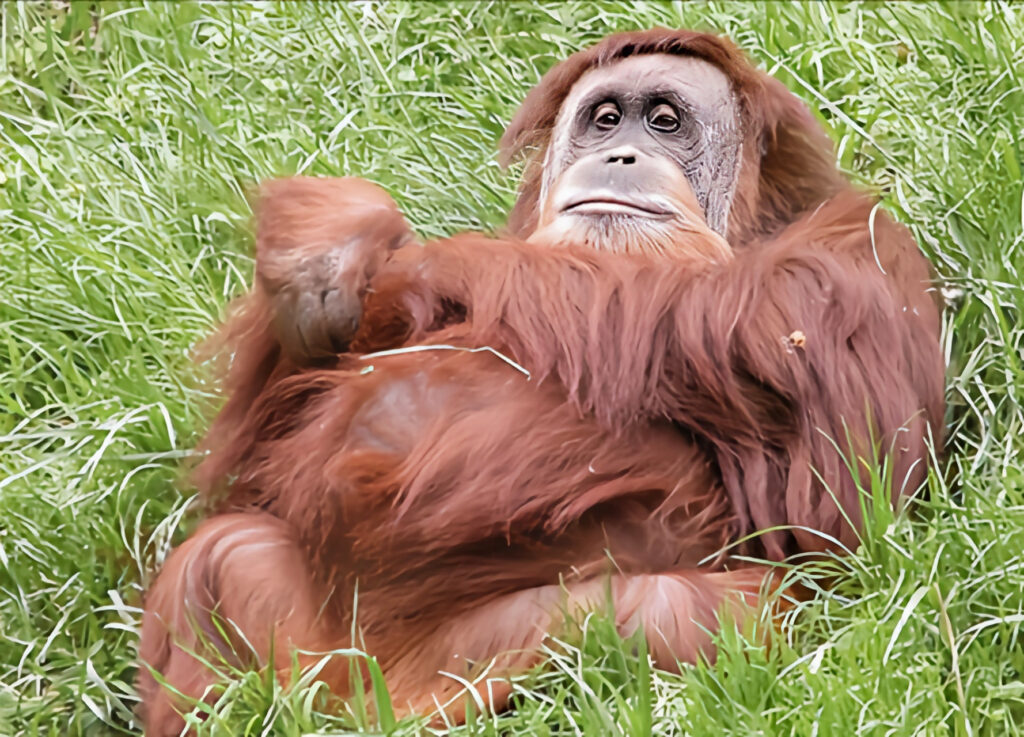
At the circus, Pony performed on stage, traveling from place to place. Due to the low income of the circus, a full meal became a luxury for her.
Her nightmare began when an Indonesian woman took her home, chaining her in a basement room. To make money, the woman dressed Pony like a human, shaving her red fur, dressing her in floral skirts, and adorning her with earrings.
Without the protection of fur, Pony’s skin was bitten by mosquitoes, leaving her body covered in scratches and blood. The woman saw Pony merely as a tool for profit and wouldn’t spend a penny on her treatment.
To avoid further abuse, Pony learned to read the woman’s moods, even intentionally pleasing her at times.
When the time was right, the woman promoted her evil plan in the village, offering a sexual encounter with Pony for just two pounds.
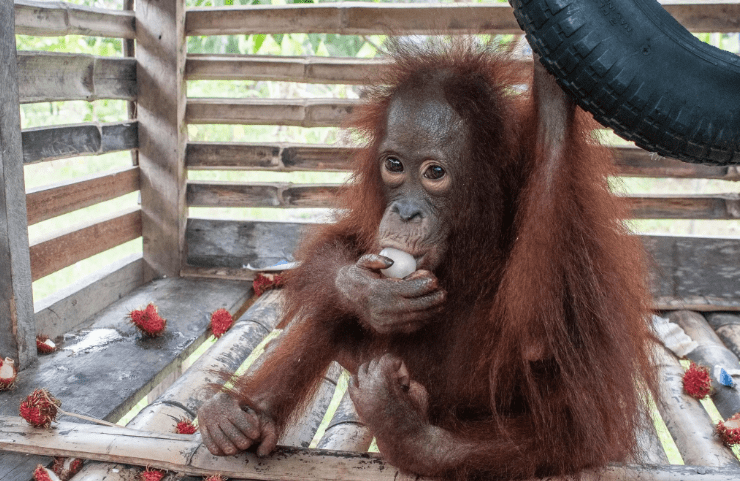
This news attracted many villagers to come and watch, though few paid for the service, wary of the risks involved with an untamed orangutan. However, curiosity prevailed, and eventually, someone paid to enter Pony’s room. Despite her struggles, Pony was chained and could not move. The man left satisfied.
Perhaps this first encounter alleviated others’ fears, and more men came to seek pleasure with Pony. The woman’s home saw long queues, and Pony, subjected to continuous abuse, could only resist to the point of attracting further punishment.
Eventually, Pony ceased resistance, knowing compliance meant food and less pain. She started to cooperate to make money for the woman.
As Pony’s notoriety grew, local animal welfare organizations took notice. Upon the arrival of rescue teams, the shocking truth was revealed, linking local AIDS cases to the orangutan incident.
Understanding AIDS
AIDS is an infectious disease that seems distant in everyday life, yet infected individuals might be closer than we think. The first AIDS case was discovered in Africa, leading researchers to point towards chimpanzees as the origin of the virus.
In the city of Kinshasa, Africa, the first blood sample containing the AIDS virus was found, identifying the first patient, known as “Patient Zero.” The virus then spread outward from there.
By 2020, the global infection count reached 37.7 million, with the majority of cases concentrated in Africa due to its limited healthcare infrastructure.
The fear surrounding AIDS stems from the virus attacking the immune system, drastically reducing CD4 lymphocytes, leaving the body vulnerable even to minor infections.
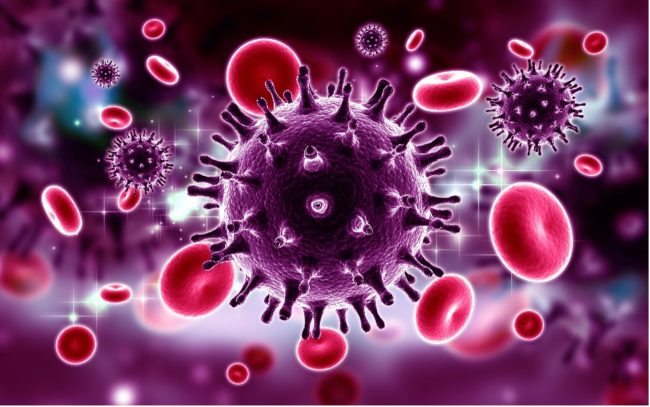
How Did AIDS Spread from Chimpanzees to Humans?
1. The Zero-Patient Source: Any disease requires a zero-patient source, the first person infected. Given the genetic similarity between humans and chimpanzees, an intimate encounter could easily lead to transmission. Some individuals, driven by desire, might not control themselves, unknowingly becoming infected.
Gaetan Dugas, an open-minded individual and a homosexual, is often cited as the person who brought AIDS from Africa to the world. He developed symptoms, eventually succumbing to kidney failure at age 31. Investigations linked him to eight out of 19 AIDS cases, making him the suspected zero-patient source.
2. The Chimpanzee Connection: Scientific experiments confirmed four strains of the virus originating from Cameroonian chimpanzees. While chimpanzees have a stronger immune system and can carry the virus without developing symptoms, humans lack this resilience, leading to a shortened lifespan upon infection.
In Africa, economic conditions are poor, and basic hygiene is often neglected, facilitating the rapid spread of infectious diseases like AIDS.
3. Blood Trading: In Africa, where income is low, selling blood becomes a means of survival. The practice of sharing needles during blood extraction, coupled with the belief in traditional medicine, leads to widespread virus transmission.
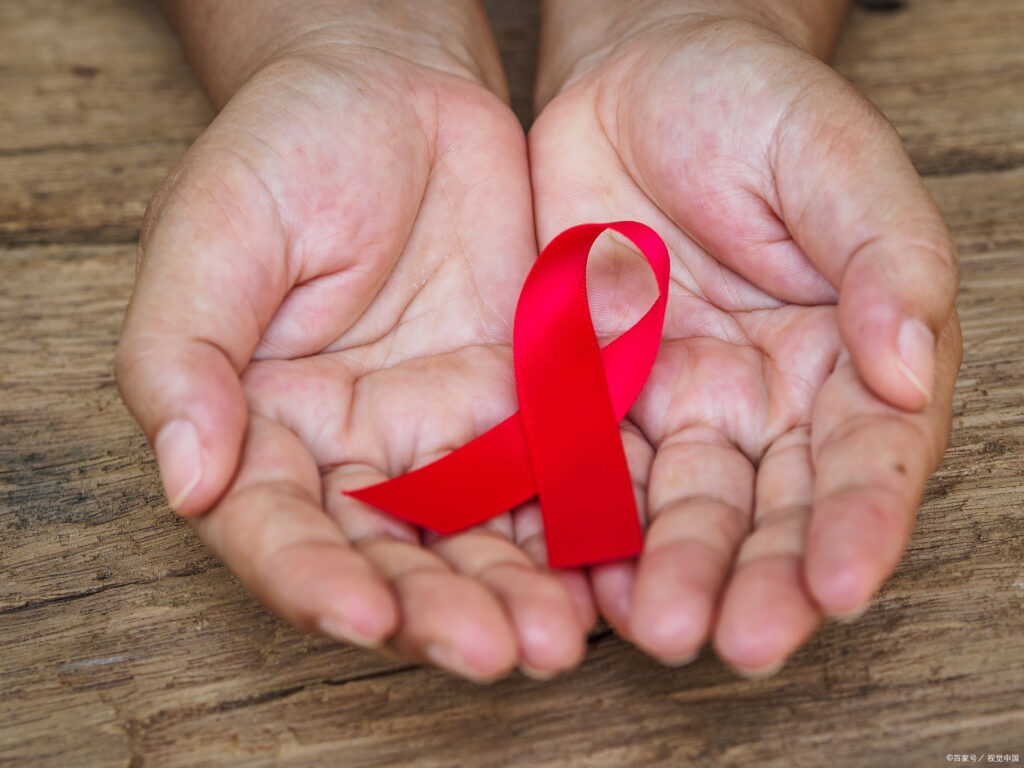
In Conclusion
AIDS has brought immense tragedy to humanity, with no cure in sight. To avoid this disease, individuals must practice safe behavior, respect wildlife, and promote a harmonious coexistence with nature, fostering a healthier ecosystem.







